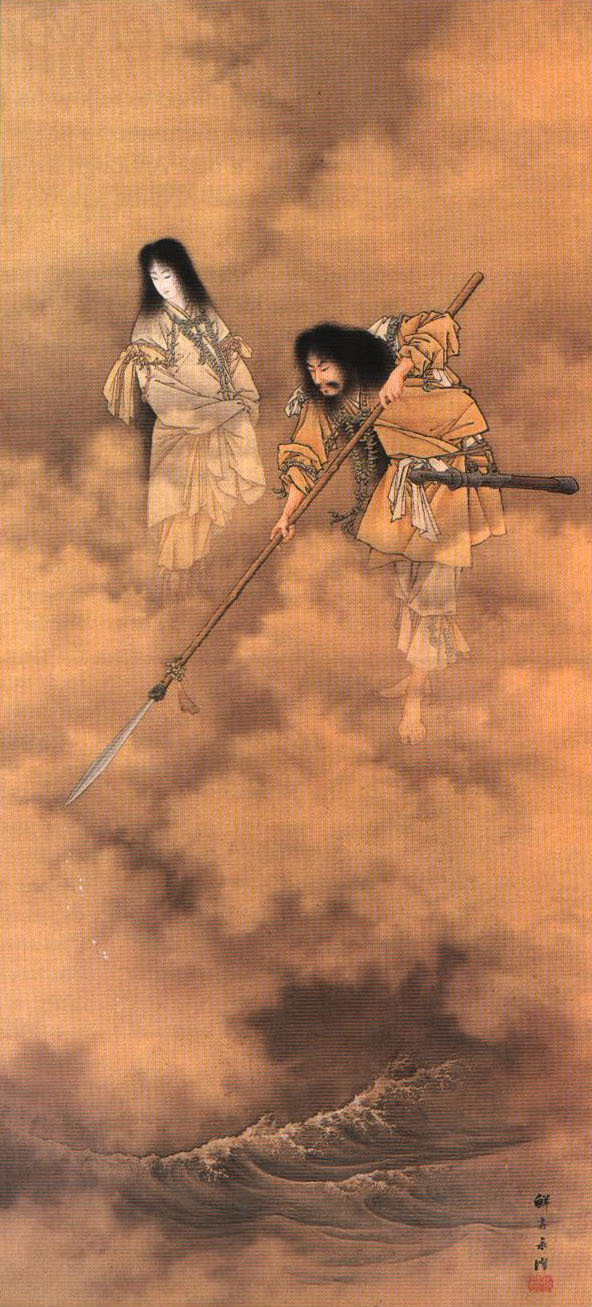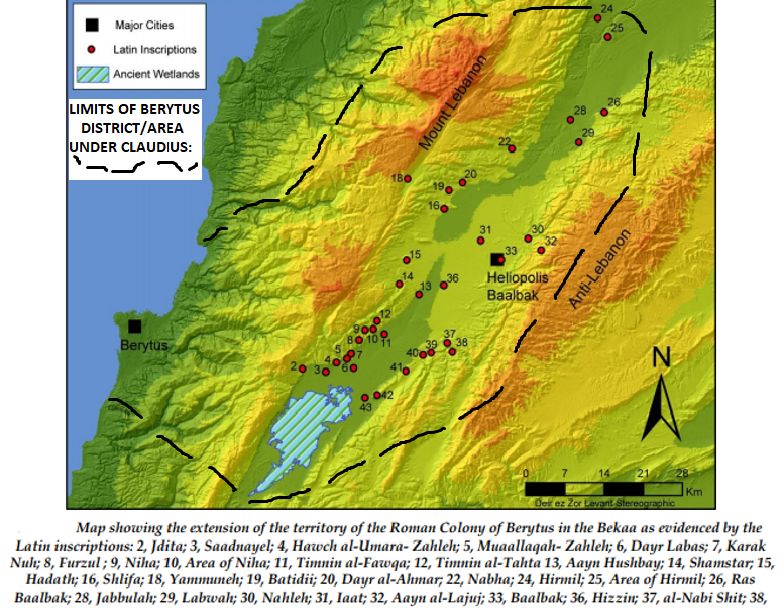|
Nibhaz
Nibhaz ( he, ''Nīḇḥaz'') was a deity of the Avim during the time of Shalmaneser I (). Some indications of worship have been found in Syria, between Berytus and Tripolis, in the form of a dog, a contention first found in the Talmud. Others identify Nibhaz with the Persian god Ibnakhaza or even with the Babylonian Nebo. Those who understand Nibhaz as being related to dogs tie it to the Egyptian deity Anubis Anubis (; grc, Ἄνουβις), also known as Inpu, Inpw, Jnpw, or Anpu in Ancient Egyptian () is the god of death, mummification, embalming, the afterlife, cemeteries, tombs, and the Underworld, in ancient Egyptian religion, usually depict .... References Deities in the Hebrew Bible Mesopotamian deities {{Hebrew-Bible-stub ... [...More Info...] [...Related Items...] OR: [Wikipedia] [Google] [Baidu] |
Deity
A deity or god is a supernatural being who is considered divine or sacred. The ''Oxford Dictionary of English'' defines deity as a god or goddess, or anything revered as divine. C. Scott Littleton defines a deity as "a being with powers greater than those of ordinary humans, but who interacts with humans, positively or negatively, in ways that carry humans to new levels of consciousness, beyond the grounded preoccupations of ordinary life". Religions can be categorized by how many deities they worship. Monotheistic religions accept only one deity (predominantly referred to as " God"), whereas polytheistic religions accept multiple deities. Henotheistic religions accept one supreme deity without denying other deities, considering them as aspects of the same divine principle. Nontheistic religions deny any supreme eternal creator deity, but may accept a pantheon of deities which live, die and may be reborn like any other being. Although most monotheistic religions trad ... [...More Info...] [...Related Items...] OR: [Wikipedia] [Google] [Baidu] |
Avim
The Avim, Avvim () or Avvites of Philistia in the Old Testament were a people dwelling in Hazerim, or "the villages" or "encampments", on the south-west corner of the sea-coast. Their name is first used in in a description of the conquests that had taken place in the Land of Israel before the Israelites arrived. The passage relates that they were conquered by the Caphtorites who usurped their land. A trace of them is afterwards found in . These verses mention that their land was considered part of the Canaanite land to be conquered by the Israelites: While the Philistines at the time of the Judges and the monarchy are understood to be predominantly descended from the invading Caphtorites, the Talmud (''Chullin 60b'') notes that the Avim were part of the Philistine people in the days of Abraham and records that they originated from Teman (land to the south). The Table of Nations in Genesis 10 and 1 Chronicles 1 also mentions Philistines coming from the Casluhim. As part of the ... [...More Info...] [...Related Items...] OR: [Wikipedia] [Google] [Baidu] |
Shalmaneser I
Shalmaneser I (𒁹𒀭𒁲𒈠𒉡𒊕 md''sál-ma-nu-SAG'' ''Salmanu-ašared''; 1273–1244 BC or 1265–1235 BC) was a king of Assyria during the Middle Assyrian Empire. Son of Adad-nirari I, he succeeded his father as king in 1265 BC. According to his annals, discovered at Assur, in his first year he conquered eight countries in the northwest and destroyed the fortress of Arinnu, the dust of which he brought to Assur. In his second year he defeated Shattuara, king of Hanilgalbat (Mitanni), and his Hittite and Ahlamu allies. He incorporated the remains of the Mittanni kingdom as part of one of the Assyrian provinces. Shalmaneser I also claimed to have blinded 14,400 enemy prisoners in one eye. He was one of the first Assyrian kings who was known to deport his defeated enemies to various lands rather than simply slaughtering them all. He conquered the whole country from Taidu to Irridu, from Mount Kashiar to Eluhat, and from the fortresses of Sudu and Harranu to Carchemis ... [...More Info...] [...Related Items...] OR: [Wikipedia] [Google] [Baidu] |
Syria
Syria ( ar, سُورِيَا or سُورِيَة, translit=Sūriyā), officially the Syrian Arab Republic ( ar, الجمهورية العربية السورية, al-Jumhūrīyah al-ʻArabīyah as-Sūrīyah), is a Western Asian country located in the Eastern Mediterranean and the Levant. It is a unitary republic that consists of 14 governorates (subdivisions), and is bordered by the Mediterranean Sea to the west, Turkey to the north, Iraq to the east and southeast, Jordan to the south, and Israel and Lebanon to the southwest. Cyprus lies to the west across the Mediterranean Sea. A country of fertile plains, high mountains, and deserts, Syria is home to diverse ethnic and religious groups, including the majority Syrian Arabs, Kurds, Turkmens, Assyrians, Armenians, Circassians, Albanians, and Greeks. Religious groups include Muslims, Christians, Alawites, Druze, and Yazidis. The capital and largest city of Syria is Damascus. Arabs are the largest ethnic group, ... [...More Info...] [...Related Items...] OR: [Wikipedia] [Google] [Baidu] |
Berytus
) or Laodicea in Canaan (2nd century to 64 BCE) , image = St. George's Cathedral, Beirut.jpg , image_size = , alt = , caption = Roman ruins of Berytus, in front of Saint George Greek Orthodox Cathedral in modern-day Beirut , map = , map_type = Lebanon , map_alt = , map_size = 270 , coordinates = , altitude_m = , altitude_ref = , relief = , gbgridref = , map_dot_label = , location = Beirut, Lebanon , region = , type = Settlement , part_of = , length = , width = , area = , volume = , diameter = , circumference = , height = , builder = , material = , built = Roman republic (merchants from early Laodicea/Berytus recorded by 110–109 BCE) , abandoned = , epochs = Roman and Early Byzantine/late antiquity; previous port dating back to Ir ... [...More Info...] [...Related Items...] OR: [Wikipedia] [Google] [Baidu] |
Tripoli, Lebanon
Tripoli ( ar, طرابلس/ALA-LC: ''Ṭarābulus'', Lebanese Arabic: ''Ṭrablus'') is the largest city in northern Lebanon and the second-largest city in the country. Situated north of the capital Beirut, it is the capital of the North Governorate and the Tripoli District, Lebanon, Tripoli District. Tripoli overlooks the eastern Mediterranean Sea, and it is the northernmost seaport in Lebanon. It holds a string of four small islands offshore. The Palm Islands Nature Reserve, Palm Islands were declared a protected area because of their status of haven for endangered loggerhead turtles (''Chelona mydas''), rare monk seals and migratory birds. Tripoli borders the city of El Mina, the port of the Tripoli District, which it is geographically conjoined with to form the greater Tripoli conurbation. The history of Tripoli dates back at least to the 14th century BCE. The city is well known for containing the Mansouri Great Mosque and the largest Crusader States, Crusader fortress in L ... [...More Info...] [...Related Items...] OR: [Wikipedia] [Google] [Baidu] |
Talmud
The Talmud (; he, , Talmūḏ) is the central text of Rabbinic Judaism and the primary source of Jewish religious law ('' halakha'') and Jewish theology. Until the advent of modernity, in nearly all Jewish communities, the Talmud was the centerpiece of Jewish cultural life and was foundational to "all Jewish thought and aspirations", serving also as "the guide for the daily life" of Jews. The term ''Talmud'' normally refers to the collection of writings named specifically the Babylonian Talmud (), although there is also an earlier collection known as the Jerusalem Talmud (). It may also traditionally be called (), a Hebrew abbreviation of , or the "six orders" of the Mishnah. The Talmud has two components: the Mishnah (, 200 CE), a written compendium of the Oral Torah; and the Gemara (, 500 CE), an elucidation of the Mishnah and related Tannaitic writings that often ventures onto other subjects and expounds broadly on the Hebrew Bible. The term "Talmud" may refer to ... [...More Info...] [...Related Items...] OR: [Wikipedia] [Google] [Baidu] |
Nebo (god)
Nabu ( akk, cuneiform: 𒀭𒀝 Nabû syr, ܢܵܒܼܘܼ\ܢܒܼܘܿ\ܢܵܒܼܘܿ Nāvū or Nvō or Nāvō) is the ancient Mesopotamian patron god of literacy, the rational arts, scribes, and wisdom. Etymology and meaning The Akkadian "nabû" means 'announcer/authorised person', derived from the Semitic root . It is cognate with the Syriac (), Arabic (), and the Hebrew (), all meaning 'prophet'. History Nabu was worshiped by the Babylonians and the Assyrians. Nabu gained prominence among the Babylonians in the 1st millennium BC when he was identified as the son of the god Marduk. Nabu was worshipped in Babylon's sister city Borsippa, from where his statue was taken to Babylon each New Year so that he could pay his respects to his father. Nabu's symbols included a stylus resting on a tablet as well as a simple wedge shape; King Nabonidus, whose name references Nabu, had a royal sceptre topped with Nabu's wedge. Clay tablets with especial calligraphic skill were used as ... [...More Info...] [...Related Items...] OR: [Wikipedia] [Google] [Baidu] |
Anubis
Anubis (; grc, Ἄνουβις), also known as Inpu, Inpw, Jnpw, or Anpu in Ancient Egyptian () is the god of death, mummification, embalming, the afterlife, cemeteries, tombs, and the Underworld, in ancient Egyptian religion, usually depicted as a canine or a man with a canine head. Like many ancient Egyptian deities, Anubis assumed different roles in various contexts. Depicted as a protector of graves as early as the First Dynasty (c. 3100 – c. 2890 BC), Anubis was also an embalmer. By the Middle Kingdom (c. 2055–1650 BC) he was replaced by Osiris in his role as lord of the underworld. One of his prominent roles was as a god who ushered souls into the afterlife. He attended the weighing scale during the "Weighing of the Heart", in which it was determined whether a soul would be allowed to enter the realm of the dead. Anubis is one of the most frequently depicted and mentioned gods in the Egyptian pantheon, however, no relevant myth involved him. Anubis was dep ... [...More Info...] [...Related Items...] OR: [Wikipedia] [Google] [Baidu] |
Deities In The Hebrew Bible
A deity or god is a supernatural being who is considered divine or sacred. The ''Oxford Dictionary of English'' defines deity as a god or goddess, or anything revered as divine. C. Scott Littleton defines a deity as "a being with powers greater than those of ordinary humans, but who interacts with humans, positively or negatively, in ways that carry humans to new levels of consciousness, beyond the grounded preoccupations of ordinary life". Religions can be categorized by how many deities they worship. Monotheistic religions accept only one deity (predominantly referred to as "God"), whereas polytheistic religions accept multiple deities. Henotheistic religions accept one supreme deity without denying other deities, considering them as aspects of the same divine principle. Nontheistic religions deny any supreme eternal creator deity, but may accept a pantheon of deities which live, die and may be reborn like any other being. Although most monotheistic religions traditional ... [...More Info...] [...Related Items...] OR: [Wikipedia] [Google] [Baidu] |





